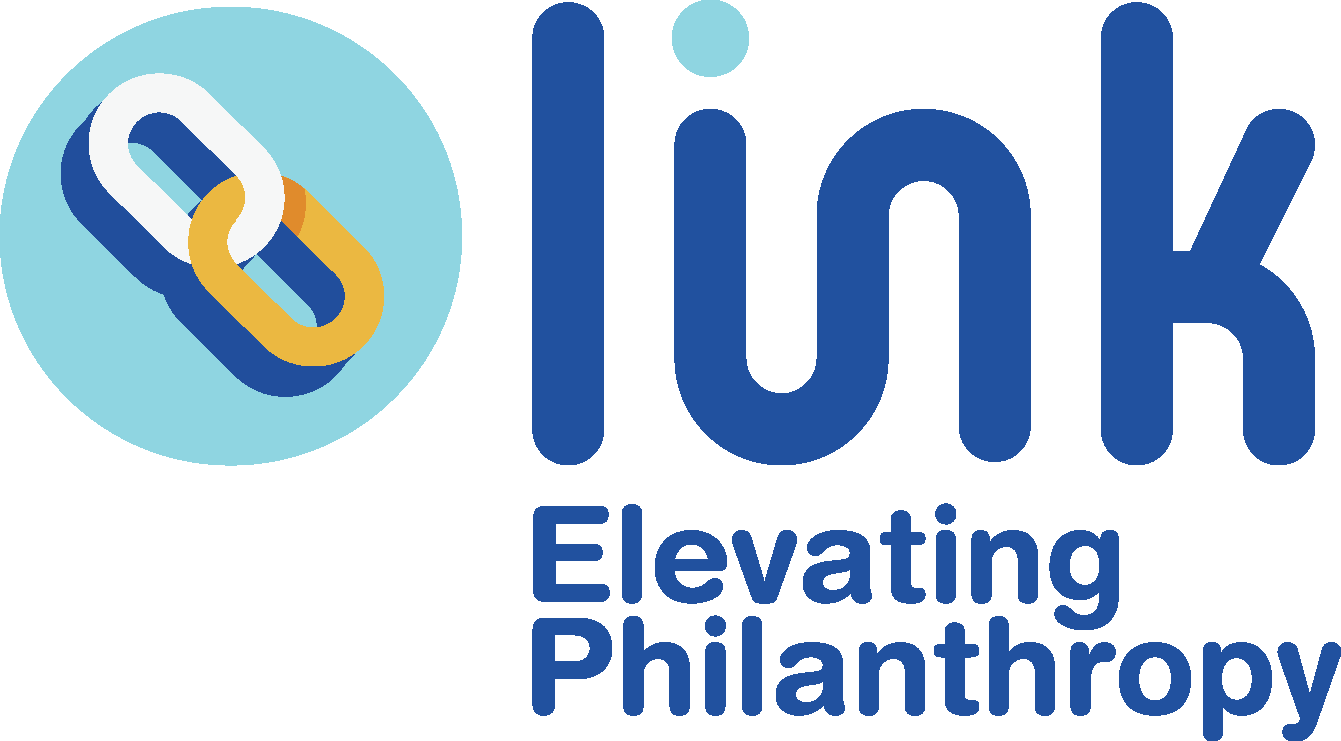3 Ways to Get Your Board Members Involved in Legacy Giving
Are your board members engaged and active in your legacy program? If so – lucky you! More often than not organizations have so many competing priorities for their board members, that, well …. legacy gets pushed to the bottom of the list.
The following are a few tips to use your board members to keep them engaged in legacy giving in a way that can be fun and doesn’t take up a lot of their time.
Use your board members to steward your legacy donors
Do you have any board members that resist asking for gifts? If so, try this tip out. I like to assign a board member (or even better, a former board member I want to re-engage) to the task of calling the new legacy donors to thank them for their gift. I mean, really, who doesn’t like to thank a donor without any other solicitation involved? Your board member feels good, and the donor gets stewarded (also, the more your board member thanks your donor, the more his/her mindset shifts to supporting legacy giving and their comfort level rises in speaking about legacy; after awhile I would suggest they can move on to asking for gifts). You can also have a committee of board members that do stewardship activities – send notes, plan a luncheon, etc. There is no limit to the ideas (and many of the things are tasks done by staff that can be taken off their plate).
Ask your board member to serve on a legacy advisory committee
If you don’t have a legacy advisory committee, now is the time to think about creating one. They are a great tool to use as a resource for staff to ask questions related to legacy giving; to get marketing materials such as articles or newsletters you can distribute to your donors, and to create a more structured and sustainable legacy program. By being on a legacy advisory committee your board members are part of the decision making on the planning and processes of the legacy program, may promote it to friends, colleagues and clients, and are likely one step (or more) to creating their own planned gift.
Assign a board member to be the “ambassador”
Ideally, this person is a passionate speaker and has created a legacy gift. Ask this individual to have conversations with donors and other board members. This is the person that will stand up at board members and pitch the importance of legacy giving. By doing so, the legacy program gains exposure during board meetings that will help get more legacy commitments and promote the program for the long-term.
It can be hard work changing the culture of philanthropy to include legacy giving, but well worth the effort. Start with small shifts in the mindset of your board members by encouraging the stewardship of existing and new gifts, and your program will begin to grow.


